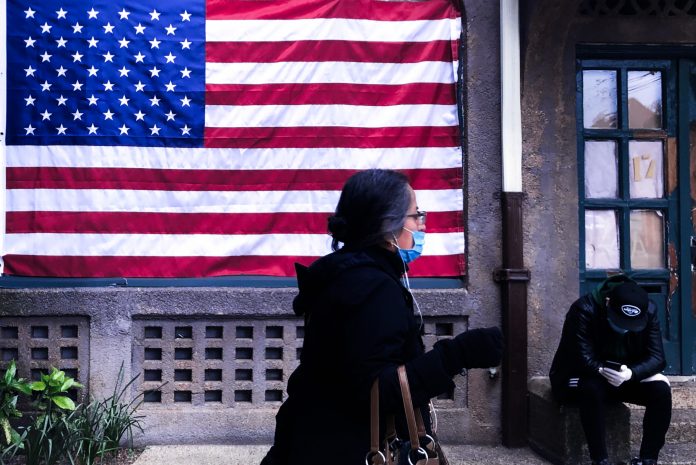Researchers have investigated the origins of COVID-19 in New York – from the sources that started the infection, to how it spread through the population
Currently, New York is experiencing an average of 1,598 new cases per day. Yesterday (October 25), there were only 10 new COVID deaths. However, there has been a 15% increase in case numbers from two weeks ago.
With the infection rate creeping upwards in NY, the economy of the country in flux and the looming Election, some researchers are looking to understand the point of origin.
Led by NYU Grossman School of Medicine researchers, the new study used gene testing to trace COVID-19 throughout the New York City region in the spring. The team found that the virus first took root in late February, seeded by atleast 109 different sources that burst into chains of infection, rather than from a single “patient zero.”
atleast 109 different sources that burst into chains of infection, rather than from a single “patient zero.”
A new analysis also shows that most of the spread was within the community, as opposed to coming from people who had travelled. The COVID-19 pandemic started earlier than previously thought in New York City and Long Island by dozens of people infected mostly with strains from Europe.
‘Early screening methods missed the onset’
Previous testing had detected the first case of the virus on 3 March before infections exploded throughout the metropolitan area, leading to 260,600 positive cases by mid-May. It turns out that more than 40% of people who tested positive had no known contact with another infected person before they contracted COVID-19.
“Our findings show that New York’s early screening test methods missed the onset and roots of the outbreak by several days at the minimum,” says study co-lead author Matthew Maurano, PhD, an assistant professor in the Department of Pathology at NYU Langone Health.
“The work strongly suggests that to nip future outbreaks in the bud, we need a system of rapid, plentiful real-time genetic surveillance as well as traditional epidemiologic indicators.”
What strain of COVID-19 is in New York?
The investigators also found that more than 95% of New Yorkers with COVID-19 had a strain of the virus with a mutation that may make it easier to transmit to others. This helps explain why the virus spread so aggressively in New York, even when calculating the numbers for the city’s infamously high population density.
In gene sequencing, researchers compare small snips of genetic code to identify mutations that are only found in a particular strain of the virus. These “flags,” Maurano says, can then be used to track how the strain has spread over time, similarly to tests used to trace ancestry in people. Experts have previously used this technique to follow outbreaks of influenza, methicillin-resistant Staphylococcus aureus (MRSA), and Ebola, among other infections.
864 nasal swabs, then gene sequencing
For the study, the researchers collected viral genetic information on 864 nasal swabs taken from New Yorkers who had tested positive for COVID-19 between March 12 and May 10. Most of the people were from Manhattan, Brooklyn, and Nassau County on Long Island. Then, the investigators compared the gene sequences of the virus from these samples to those seen in the original strain isolated last winter from patients in Wuhan, China, where the pandemic is believed to have begun.
Surprisingly, the genetic codes of the virus in New York more closely matched those of strains from Europe or other US states rather than those from China, where the virus originated. They further calculated that some of the early chains of infection from person to person ran at least 50 people long.
“Our gene sequencing techniques allowed us to evaluate the precision of our screening tests,” says senior study author Adriana Heguy, PhD, a professor in the Department of Pathology at NYU Langone. She notes that the sequences analysed in the study accounted for just 10% of COVID-19 patients within a single hospital system in New York. The true scale of the community infection was therefore likely much higher, and the original introduction of the virus to New York City was possibly earlier.
“Based on these results, it is clear that we need a system of plentiful testing that provides rapid results.”
The team next plans to investigate whether the mutations uncovered by genetic testing could create new or more severe symptoms of COVID-19. This study is the largest effort to date to trace the COVID-19 pandemic using gene sequencing, according to Maurano.











